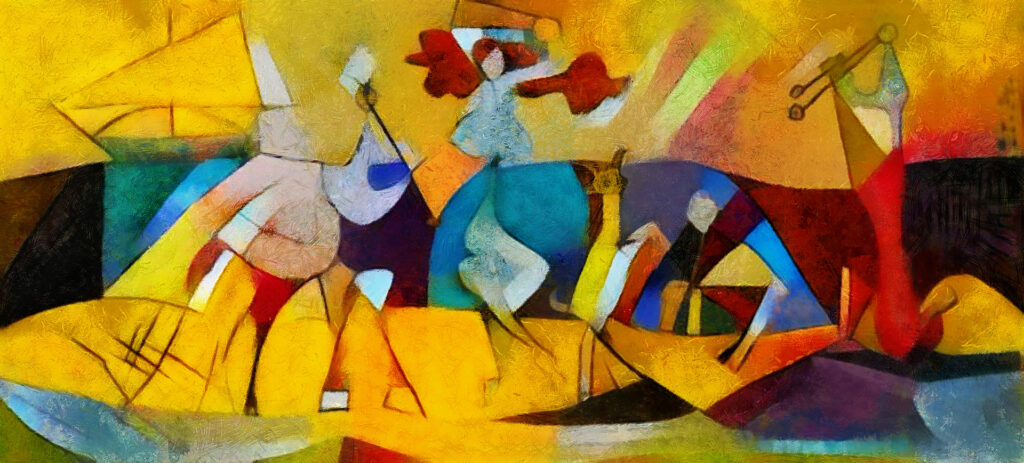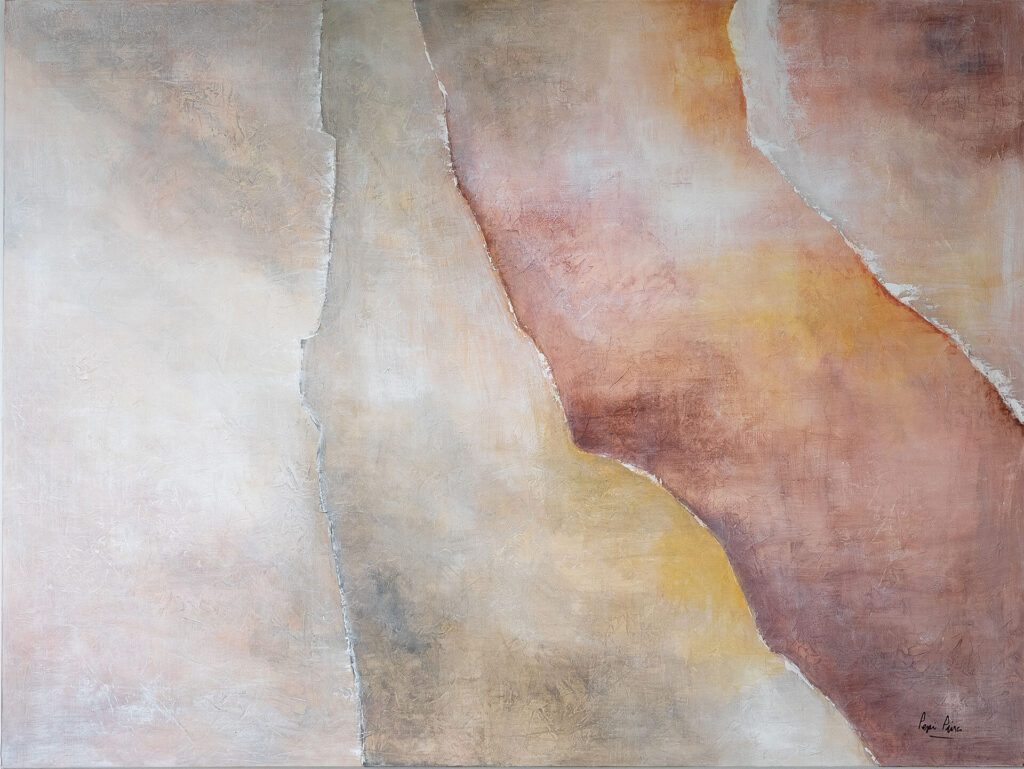
If someone asked you what is your favourite type of art, would you be able to answer them? Maybe you are a fan of contemporary artists or do you have a favourite abstract artist whose work you would love to adorn your home?
If we want to be pedantic, there are seven generally accepted main categories of art: sculpture, literature, music, cinema, theatre, architecture and of course painting. Today, most people include photography and digital art such as NFTs.
In order to identify the types, genres and movements of art that we like, let’s restrict our attention to painting. The first paintings date back thousands of years, with examples found around the globe as far as Australasia to Africa and Europe. Obviously, art has moved on from daubed images on cave walls and is now catalogued under recognised art movements and genres.
Contemporary and Modern art
The best place to start is with the basics. If you want to understand the difference between modern art and contemporary art. The great brain that it is Google states that modern art came before contemporary art and that art historian tend to pinpoint it starting in the West around the 1860s. Whereas contemporary art refers to art made in the present day (starting in the 60s and 70s).
To illustrate the blurred lines between these two movements, Damien Hurst, David Hockney and Lucien Freud are considered to be luminaries in the contemporary art field. Whereas disparate artists ranging from Jackson Pollock to Claude Monet fall under the modern art movement. Yet, their style of work and genres could be interchangeable.
Art genres and hierarchy
The first talk of genres dates back to 17th century Holland. When we talk about genres, we are classifying the subject matter of the painting. For example, still life, portraits, landscapes, historical scenes and real life. It wasn’t until the 20th century when the notion of art movements was developed.
The system used to classify art genres was developed by the French Royal Academy, as a means of safeguarding the standards of French art, taking responsibility for training of French artists, managing the subject matter and choosing the people who taught them. The types of paintings were ranked in order of importance, with landscapes and still life being the lowest and religious and human subjects deemed to be of much higher value.
Art movements and styles
When we talk about art movements this covers a wide range of characters, styles and techniques which together are identified with a specific cultural context or a moment in time. The artists within these movements have been categorised retrospectively by art historians. The artists themselves tended to have disparate interests apart from adopting similar styles.
Essentially a western concept, the most commonly recognised art movements are European impressionism which included the work of artists Monet and Manet. Surrealism will be forever personified by Spain’s Salvador Dali, as will the US Pop Art movement which is synonymous with Andy Warhol.
There are many more art movements, including Post-impressionism, Cubism, Bauhaus, Fauvism, Abstract expressionism, Conceptualism and Dadaism to name a few, all of which have included widely known artists included Malaga born Pablo Picasso (1881 to 1973), Paul Gaugin (1884 to 1903) and Vincent van Gogh (1853 to 1890) to name but a few. New artistic movements, eschewed the rigid categorisations and subject matter, preferring to experiment with perspective, styles and boundaries.

Studio 2 Art and Design is an independent creative workshop in Puerto Banús staffed by a team of talented artists (including contemporary artists and abstract artists), who can produce a wide range of bespoke artworks and paintings.
If you would like assistance choosing the perfect piece of bespoke artwork for your home, office or business space, call visit www.studio2artdesign.com, email: welcome@studio2artdesign.com or call + 34 682 011 844.
